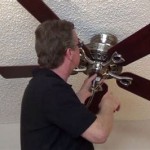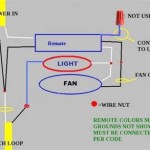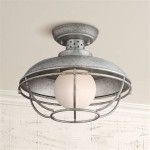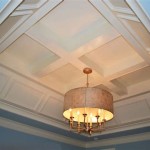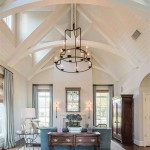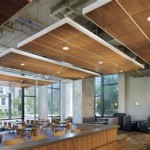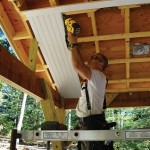What Is Pop Ceiling Made Of?
Pop ceilings, also known as false ceilings or suspended ceilings, are a popular choice for homes and commercial buildings alike. They offer a number of advantages over traditional drywall ceilings, including the ability to hide unsightly wiring and ductwork, improve acoustics, and create a more visually appealing space.
Pop ceilings are typically made from a variety of materials, including:
- Gypsum board: Gypsum board is a type of drywall that is made from gypsum plaster and paper. It is a lightweight and inexpensive material that is easy to install. However, it is not as durable as some other materials and can be damaged by water or moisture.
- Mineral fiber: Mineral fiber is a type of ceiling tile that is made from recycled glass or stone. It is a durable and fire-resistant material that is also sound-absorbing. However, it can be more expensive than gypsum board and can be difficult to install.
- Metal: Metal ceiling tiles are made from aluminum or steel. They are a durable and fire-resistant material that is also easy to clean. However, they can be more expensive than other materials and can be noisy.
- Wood: Wood ceiling tiles are made from a variety of hardwoods, such as oak, maple, and cherry. They are a beautiful and durable material that is also sound-absorbing. However, they can be more expensive than other materials and can be difficult to install.
The type of material used for a pop ceiling will depend on a number of factors, including the desired appearance, budget, and performance requirements.
How Are Pop Ceilings Installed?
Pop ceilings are installed by suspending a grid of metal channels from the ceiling joists. The ceiling tiles are then dropped into the grid, creating a finished ceiling.
The installation process is relatively simple and can be completed by a do-it-yourselfer with some basic tools. However, it is important to follow the manufacturer's instructions carefully to ensure a proper installation.
What Are the Benefits of Pop Ceilings?
Pop ceilings offer a number of benefits over traditional drywall ceilings, including:
- Concealed wiring and ductwork: Pop ceilings can be used to hide unsightly wiring and ductwork, creating a more polished look.
- Improved acoustics: Pop ceilings can help to improve the acoustics of a room by absorbing sound waves.
- More visually appealing: Pop ceilings can be used to create a variety of visually appealing designs, from simple to elaborate.
- Easy to maintain: Pop ceilings are easy to clean and maintain. The tiles can be easily removed and replaced if they become damaged.
Pop ceilings are a versatile and affordable way to improve the look and feel of any room. They are easy to install and maintain, and they offer a number of benefits over traditional drywall ceilings.

Types Of False Ceiling Gypsum Glass Wooden Fiber Materials Nerolac

How Pop Ceiling Is Done From Scratch

What You Need To Know About Pop Ceiling The Constructor

Pop And Gypsum Which Is A Better Material For False Ceiling Tiko Suspended Installation In

Types Of False Ceiling Gypsum Glass Wooden Fiber Materials Nerolac

Ready Made Pop Ceiling At Best In Moradabad By Madyan P O Home Decorators Id 19985996262

Pvc Gypsum Ceiling Tiles Pop Board

What Are The Pros And Cons Of Pop Vs Gypsum Ceilings

Types Of False Ceiling Gypsum Glass Wooden Fiber Materials Nerolac

What Is Diffe Type Of Fales Ceilings And Their Advantages Disadvantages Vtp Infra Tech Private Limited
Related Posts

